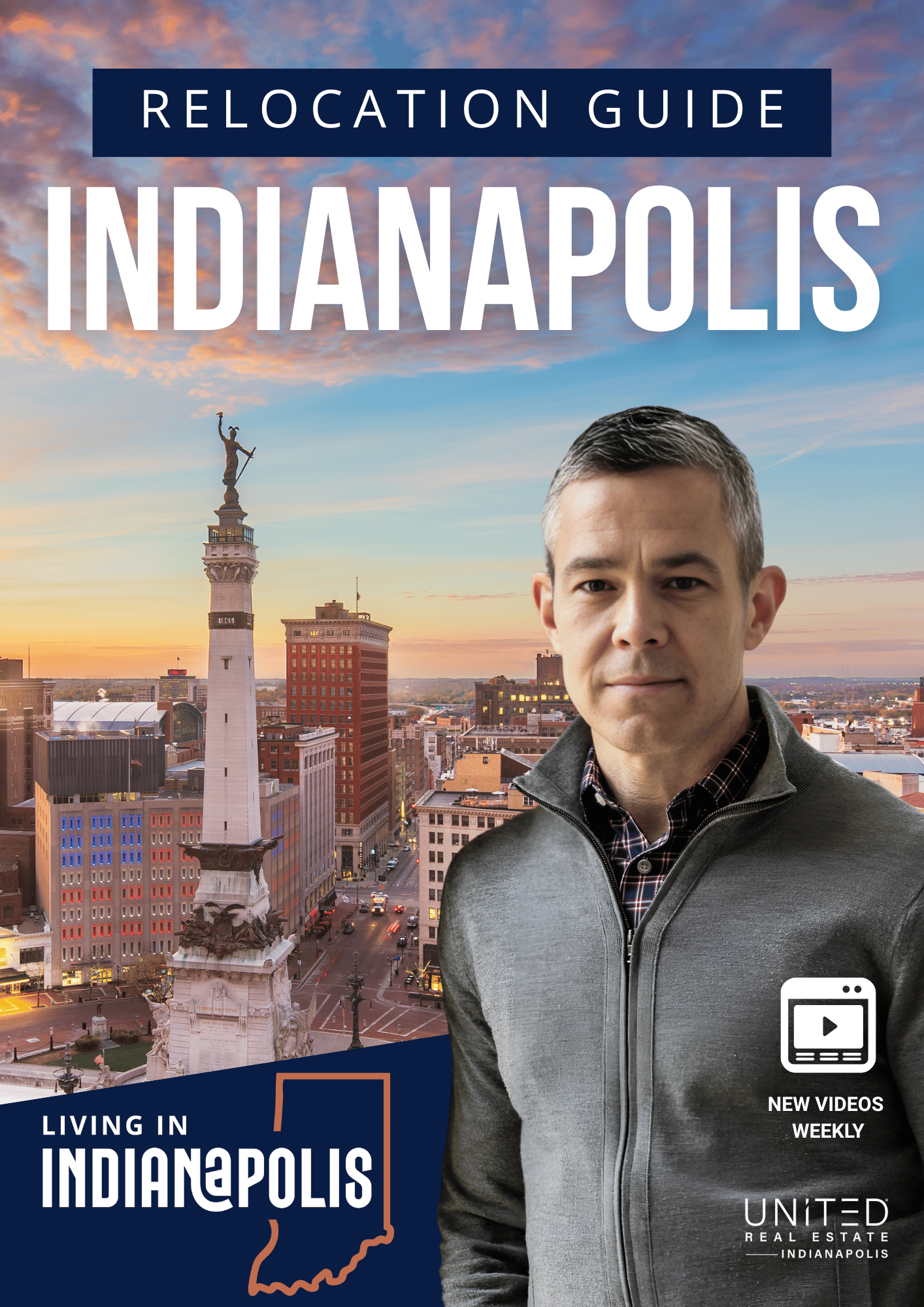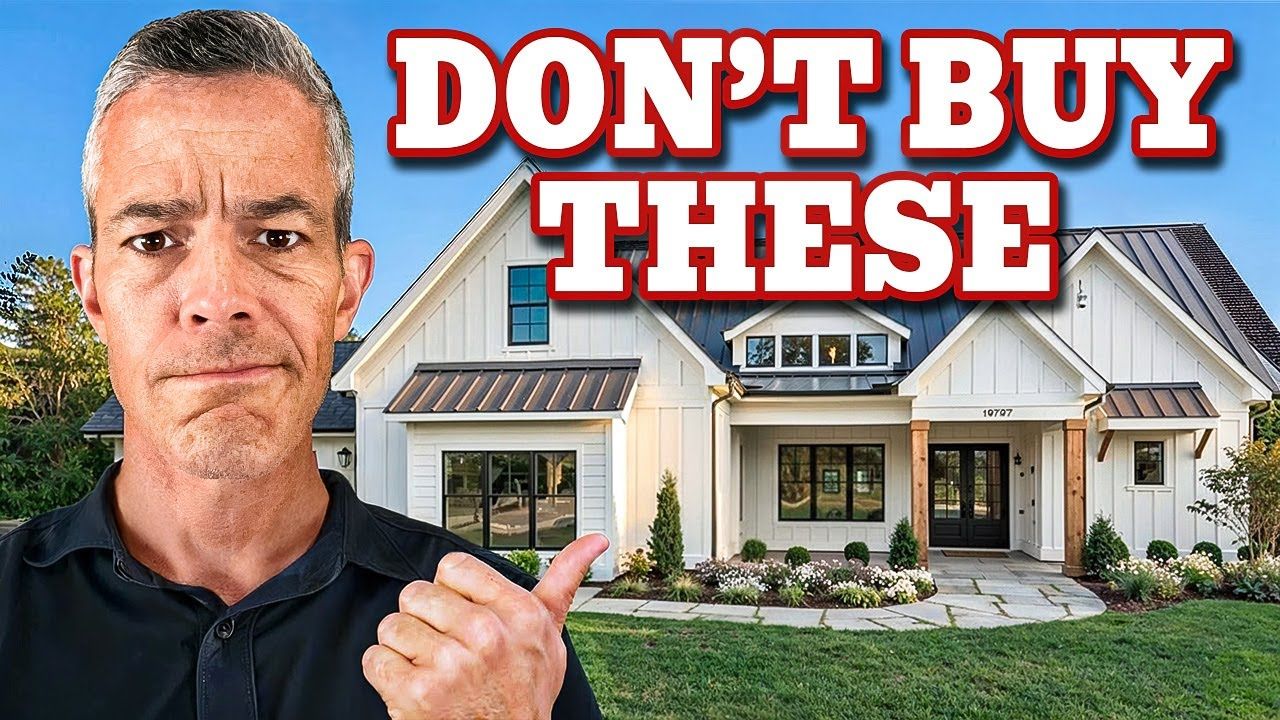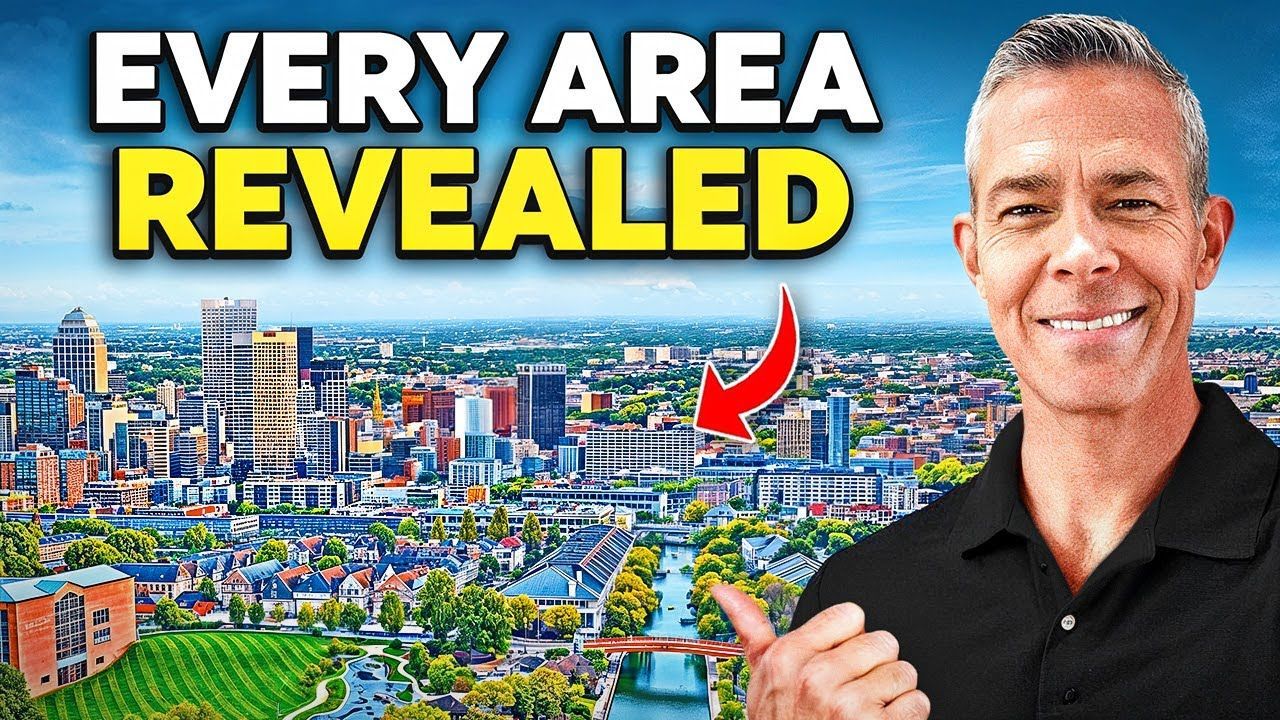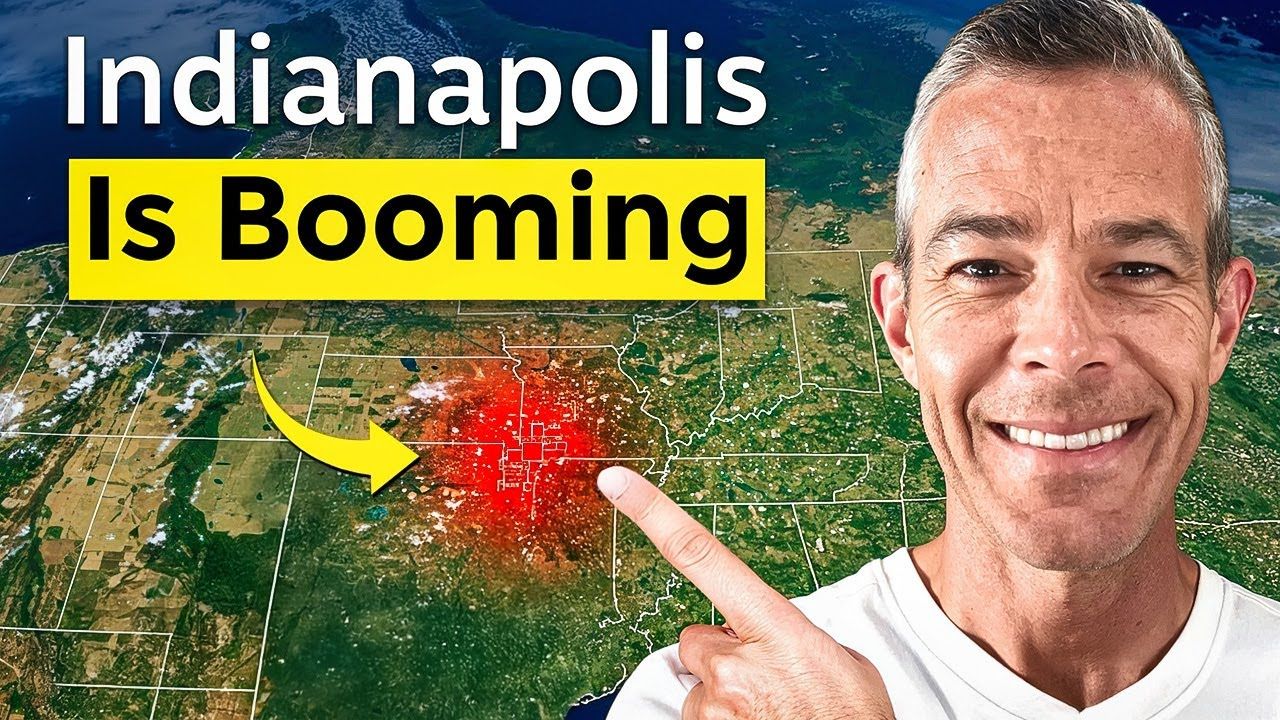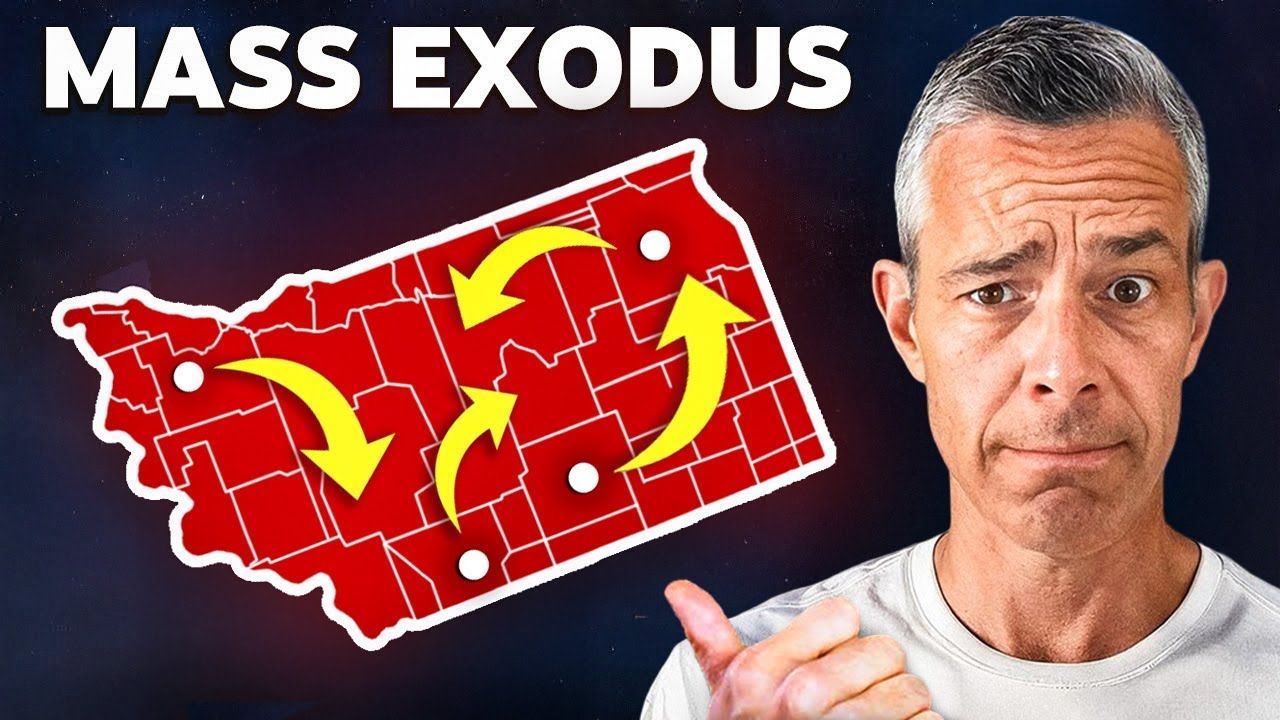Don't Visit Indianapolis Indiana In The Fall!
I want to be straight with you: if you're planning a trip to try on Indianapolis, IN in fall as a potential new home, that might be the worst possible time to visit. Sounds odd, right? Fall here is stunning — parks drenched in color, mild temperatures, and outdoor events galore. But that's exactly the problem. In this article I’ll explain why visiting Indianapolis, IN in fall can give you a false impression of what life is really like year-round, what seasons you should prioritize instead, and practical tips to get the most honest feel for the city when you're house-hunting or seriously considering a move.
Table of Contents
- Quick Summary: Why I Warn Against Visiting Indianapolis, IN in Fall
- The Fall Illusion: What Makes Indianapolis, IN in Fall So Deceptive
- What Fall Actually Feels Like
- What You Should Experience Instead — Seasons to Prioritize
- If You Only Have Time to Visit Once
- Practical Tips for Visiting Indianapolis, IN in Fall (if you do go)
- How I Help People Truthfully Evaluate Indianapolis
- Conclusion: Fall Is Beautiful — But It’s a Honeymoon
- FAQs About Visiting Indianapolis, IN in Fall
Quick Summary: Why I Warn Against Visiting Indianapolis, IN in Fall
Short version: fall is a “sweet spot” season for this region — warm days, cool nights, lush green lawns and the first bursts of red and orange on the trees. That combination makes everything feel idyllic. If you visit Indianapolis, IN in fall and fall in love with the pleasant weather and colorful parks, you might not be prepared for the extremes of summer humidity or winter cold.
So if you’re trying to answer the question “Can I live here?” you need to experience the extremes, not the honeymoon phase. Come in summer to feel the humidity and heat, and come in winter to see the snow, the cold, and how daily life functions when it’s truly wintry.
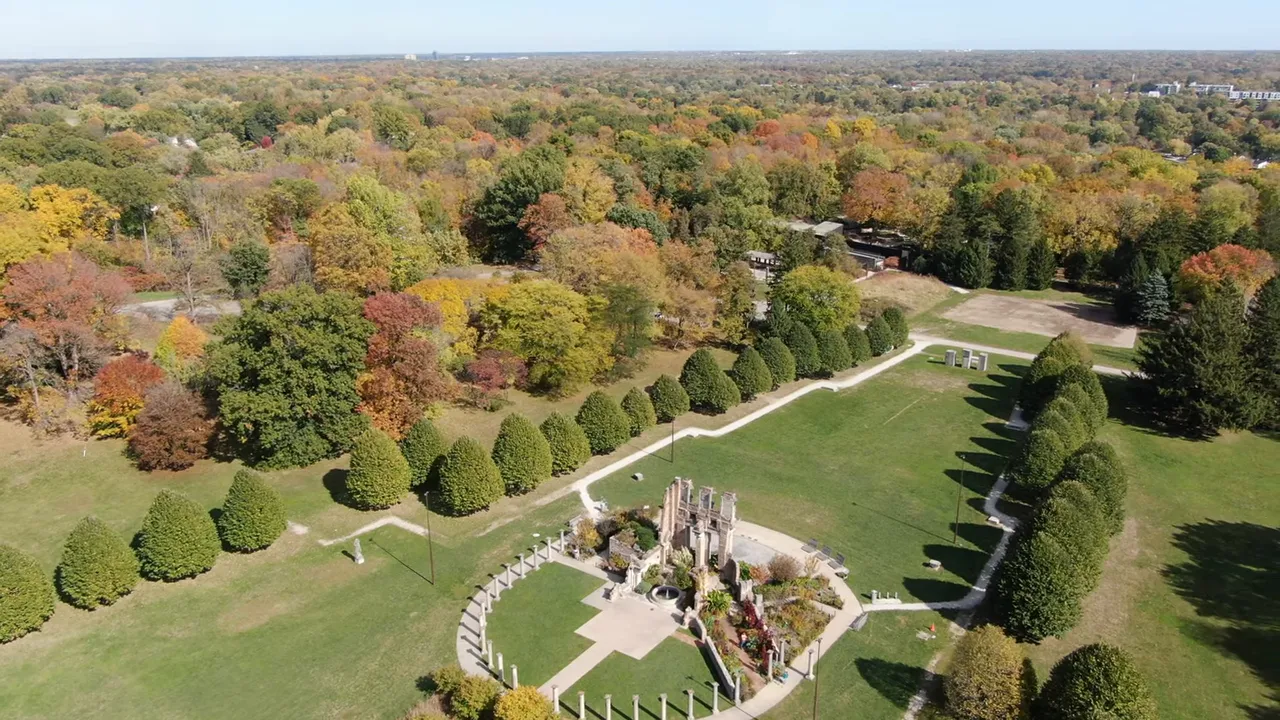
VIEW HOMES FOR SALE INDIANAPOLIS, IN
The Fall Illusion: What Makes Indianapolis, IN in Fall So Deceptive
Walk through Holiday Park in late October and it’s easy to understand the confusion. Grass still looks vibrant, leaves start to pop in reds, oranges, and golds, and the air is crisp but not yet cold. It looks like an everywhere-is-perfect postcard. Here are the main reasons fall gives a misleading impression:
- Ideal Temperatures: In September and October you often get days in the 70s and 60s — comfortably warm but not oppressive. If you visit during these days you’ll assume year-round comfort.
- Low Visual Stress: Parks, tree-lined streets, and outdoor events (like summer's Rock The Ruins) create a lifestyle image that’s hard to beat.
- Limited Exposure to Extremes: You won’t see humidity that makes summer nights sticky, and you won’t experience the cold, gray days of winter.
What Fall Actually Feels Like
Let me paint the picture more precisely. Visit Indianapolis, IN in fall and you’ll likely find:
- Mornings that are definitely chilly and might prompt a jacket, then afternoons that warm into the 60s or upper 60s. I’ve been out in late October with short sleeves by noon after a brisk morning.
- Green grass rebounds from summer heat as we get steady rain, making the city look lush.
- Color transitions that include a wide palette — greens, yellows, browns, vivid reds and oranges — that make even ordinary streets beautiful.
- Bees, late-season bugs, and lingering summer features that haven’t gone away yet.
It’s gorgeous — and that's exactly the trap. The comfortable weather and photogenic scenery mask the seasonal realities that a long-term resident will live with for months each year.
What You Should Experience Instead — Seasons to Prioritize
If you want an honest read on whether Indianapolis fits your lifestyle, plan visits during summer and winter, not fall. Here’s why:
Summer: The Humidity Test
Indianapolis summers are warm and humid. Not as humid as deep South coastal cities, but humid enough that it changes how you live and feel at home. Summer will tell you whether you:
- Can tolerate sticky nights and the way humidity affects evenings and hair and activities.
- Are comfortable with summer thunderstorms and the occasional oppressive heat wave.
- Want AC capacity, how you use outdoor space, and how your commute feels on a hot day.
Winter: The Cold & Practicalities Test
Winter in Indianapolis is real. We get snow (not always huge amounts, but enough), cold temperatures, and days that feel long and gray. Visit in winter to see:
- How snow removal and commuting operate.
- How neighborhoods look and function under snow or slush.
- Whether you’re ok with lower daylight hours and colder outdoor activities.
There are occasional 50s or 60s-type days in January or February — freak days — but don’t plan your impression of winter on those rare warm spells. You need to feel the regular pattern of cold and snow to make a smart decision.
If You Only Have Time to Visit Once
Sometimes life doesn’t allow multiple trips. If you can only visit once, here’s my best advice to avoid falling for a seasonal mirage:
- Try to pick a date outside the shoulder seasons. Summer or winter give you the extremes you need.
- If you must visit in fall, schedule virtual follow-ups in a different season — ask the right questions, request video walkthroughs of properties on hot or cold days, or coordinate a quick winter or summer weekend before signing anything.
- Ask locals about their month-to-month experience: commuting, landscaping, heating and cooling costs, and how they spend free time in various seasons.
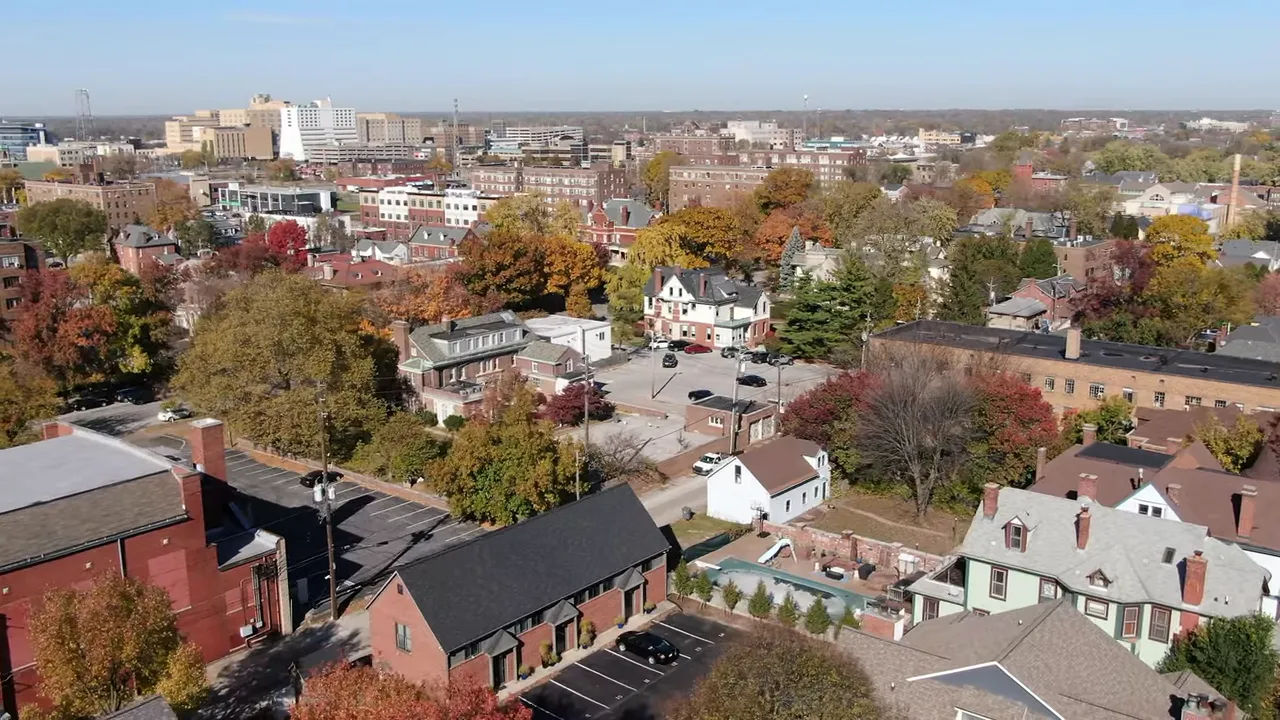
Practical Tips for Visiting Indianapolis, IN in Fall (if you do go)
If your trip ends up being in the fall anyway — maybe it’s the only time you can get out here — don’t worry. Fall is delightful, and you can still learn a lot that will help with a move decision. Here’s how to make the most of your fall visit:
- Make an itinerary that includes a range of neighborhoods, both urban and suburban, and plan to be out in the morning and late evening to feel the temperature swings.
- Do a drive-through of neighborhoods at night to get a feel for lighting, noise, and activity levels.
- Schedule conversations with residents, a local real estate agent, or property managers to ask targeted questions about summer and winter living.
- Check utility cost ranges for the types of homes you’re considering — heating in winter, air conditioning in summer, and how landscaping is managed seasonally.
Download Your FREE Relocation Guide
How I Help People Truthfully Evaluate Indianapolis
As someone who helps people move to this metro, I line up visits that reveal the full range of life here, not just the postcard moments. If you contact me, I’ll:
- Help you build an itinerary that hits neighborhoods, schools, parks, and commutes at varying times of day.
- Show you example budgets for heating, cooling, and seasonal maintenance.
- Set up virtual winter/summer check-ins if you can only visit once.
Conclusion: Fall Is Beautiful — But It’s a Honeymoon
There's no doubt that Indianapolis in fall is beautiful. Holiday Park, with its ruins and concert history, is one of the many places that looks spectacular this time of year. But if your goal is to learn whether Indianapolis is a good long-term fit, don’t rely on the fall honeymoon. Experience the humidity of summer and the cold of winter so you’re making a fully informed decision. If you do only visit during fall, supplement that trip with targeted questions and virtual follow-ups during other seasons.
FAQs About Visiting Indianapolis, IN in Fall
Is Indianapolis unbearable in summer?
Not unbearable, but noticeably humid. Nights can be sticky, and summer storms are common. If you don't tolerate humidity well, a summer visit will tell you whether it’s manageable.
How much snow does Indianapolis get in winter?
A: We don’t get monumental amounts every year, but we do get snow and sustained cold periods. Winter is a real season here — you should experience a chilly commute and see how neighborhoods handle snow.
If fall is so misleading, why do people love moving here in autumn?
Fall makes every neighborhood look its best. Leaves, parks, and community events make the city feel welcoming. People understandably fall in love. The problem is assuming those conditions will persist year-round.
What neighborhoods should I visit to get a balanced view?
Visit a mix — close-in urban neighborhoods, established suburbs on the north and south sides, and a few exurban towns. Each reacts differently through seasons, so seeing a range helps you understand maintenance, commuting, and lifestyle trade-offs.
Can you help plan a truthful visit?
Absolutely. I build itineraries intended to reveal the real Indianapolis, in summer or winter as needed, so you can make the best decision for your family.
If you’re considering a move and want help planning a visit that shows you the real Indianapolis — not just the fall highlight reel — reach out at 317-932-8620 . I’ll help you design a trip that answers the questions you really care about: can I handle the summers, do I want to shovel snow, how does the commute feel year-round, and which neighborhoods suit my lifestyle?
Thanks for reading — and if you do visit Indianapolis, IN in fall, enjoy the colors. But remember: schedule that summer or winter follow-up before making any big decisions.
jason compton
A former teacher turned full-time real estate agent serving Greater Indianapolis. I help buyers, sellers, and relocation clients make informed moves—especially those coming from out of state. From neighborhood insights to home tours, my goal is to simplify the process and help you feel confident in every step.
Stay Informed
Insights, Tips & Life in Indianapolis
Your go-to resource for all things real estate and Indy living. Whether you're buying, selling, relocating, or just curious about the local market, our blog is packed with helpful articles, expert advice, and community highlights to keep you informed and inspired.
